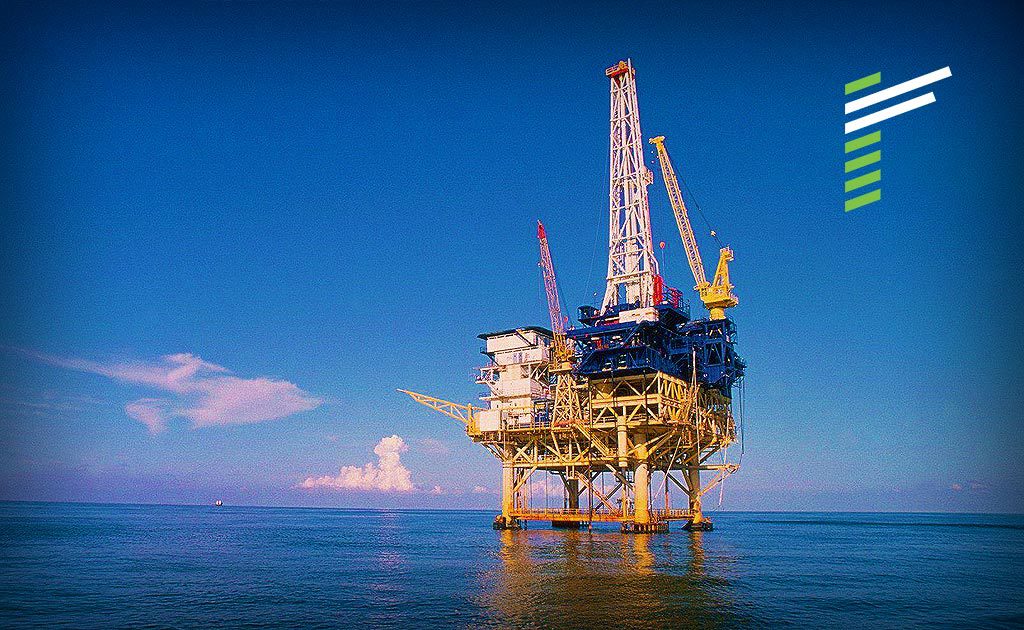INTRODUCTION
The Client is one of the world’s leading oil and gas companies. It is vertically integrated and operates in all areas of the sector, including upstream, refining, petrochemicals and retail and marketing.
THE CHALLENGE
The Client’s Upstream strategic review identified significant opportunities in both increasing production efficiency and reducing costs. The roadmap to realising the opportunities included increasing execution efficiency – how work is planned, scheduled and completed. Renoir was selected as a preferred global supplier and subsequently supported operations in projects that seek to drive efficiency.
RESULTS
7% Reduction in contractor spend – a total of $3.3m banked gross cost reduction
2-week ‘gate readiness’ improved by over 30%
Additional wrench time of 1.2 hrs/day resulting in $3.9m p.a. waste elimination
12% improvement in schedule attainment
PROJECT APPROACH
The Project began by listening to all functions and assets both onshore and offshore. A series of working sessions, surveys and on-line questionnaires identified some 800 problem statements, which were investigated and categorised into six main themes.
To complete the phase, Renoir was asked to validate and quantify the opportunities – both operationally and financially. This involved undertaking detailed studies, which were a mix of data analyses and Day-in-the-Life-Of (DILO) observations, onshore and offshore. An approach and plan to realise the opportunities was then developed jointly between the Client and Renoir.
High value wins were grouped into three Management Action Teams (MATs) themes, namely Leadership & Behaviours, Planning & Scheduling and Work Execution. Each MAT consisted of a mixture of full-time company team members, part-time cross-functional members and full-time Renoir consultants who all brought specific skills and knowledge to the project.
A highly collaborative approach was adopted. The workforce was engaged through workshops, value stream mapping and Kaizen events as well as intensive coaching to support and embed changes.
Strong governance and programme management methods were employed, including a dedicated War Room, KPIs and Visual Management techniques to provide focus and track progress. Regular Governance Board meetings were instigated, where progress was reported and actions to address issues were agreed.
“ To date we have realised benefits of $7.2m [from the project]. More than this, it is the foundation and springboard to allow us to carry out more maintenance work to prevent trips and increase our reliability.”
Project Leader
IMPLEMENTATION
Agreed changes were documented into two detailed formal guides, which underwent a thorough and full management of change sign-off process. Coaches then went offshore to assist with the implementation and drive the improvements in performance. Concurrently, performance coaches worked onshore to co-ordinate and support the implementation.
Work Readiness Assurance: A detailed guide was written for Work Readiness Assurance which confirmed the process and criteria required before work could proceed. Once approved, training and coaching were undertaken using offshore focal points and ‘go–to’ super users.
Daily Work Assignment: A Daily Work Assignment guide formalised key principles, such as daily allocation of work, the 4-week pre-work offshore review, incomplete work review and a ‘standardised’ supervisor day. Offshore coaches rolled out the key principals to the team and worked across all shifts in implementing the individual elements. Interactive visual management technology was successfully trialled and rolled out across all assets to further drive operations, maintenance and services integration.
It was identified that Operations were currently a constraint to work execution. An Operations resource workshop was held to identify and address opportunities for reducing or eliminating causes of waste. Consequently,
- A dedicated operations planner role was introduced.
- Operations hours for execution were to be captured and resources levelled.
- A standard Methodology for determining hours for resource levelling was developed
KEY RESULTS
The ultimate objective of the project was to ensure work was ready to be executed fully first time, as planned and safely. As a result of increasing performance in these areas, several key metrics have improved:
A 7% Reduction in contractor spend has been achieved through increased execution efficiency – a total of $3.3m banked gross reduction.
2-week gate readiness improved by over 30% since start January with an improvement of 45% in June from the previous year’s Q4 baseline.
An additional wrench time of 1.2 hrs/day resulting in $3.9 m/yr waste elimination (based on 3 assets).
Schedule Attainment is currently showing a 12% improvement on the previous year’s Q4 baseline (demonstrating that the team is executing more).
CONCLUSION
Improvements in the above areas have not just produced cost savings. The Client has lost significant amounts of production (hence revenue) because of plant reliability issues; improving efficiencies will also now allow the broader organisation to increase the focus on improving reliability whilst using existing resources.










